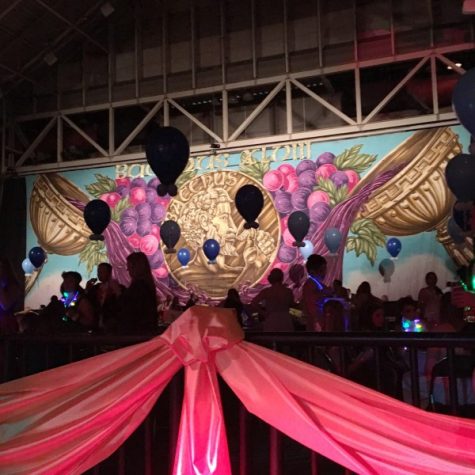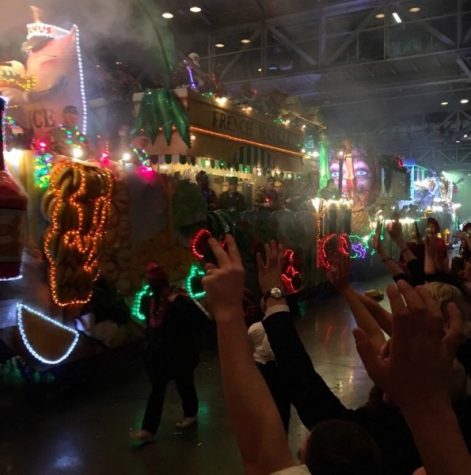Ball ’til you fall: Krewes throw exclusive, extravagant Mardi Gras Balls
For most Tulane students, the return of Mardi Gras means one thing: the arrival of parade season. From the extravagant floats to the off-the-wall costumes and copious beads, it’s a time of year that’s almost impossible to not look forward to. But for many local celebrators, these parades are simply peripheral attractions introducing the holiday’s more traditional festivities.
The majority of Tulane students are, of course, familiar with the parades associated with krewes like Endymion, Rex, Orpheus and Krewe du Vieux. Every year these krewes and many others host Mardi Gras Balls, in addition to financing parades and smaller parties. Dating back to the 1850s, these balls are numerous and incredibly diverse, ranging from family-friendly costume parties to lavish black-tie dances.
To really understand the scene, it’s necessary to characterize each Mardi Gras Ball as fundamentally distinct, unique and independent from any another. To the unfamiliar eye – the casual college student or seasonal tourist, perhaps – many of these celebrations appear indistinguishably similar. For virtually anyone who wasn’t born and raised in New Orleans, it’s all too easy to categorize similar balls under the same umbrella.

To end the parade, floats in the Krewe of Bacchus enter the Ball, which takes place in the New Orleans Morial Convention Center the Sunday prior to Mardi Gras day.
Take Endymion, for example. As one of the three “Super Krewes” – the largest and grandest of the krewes, also including Orpheus and Bacchus — it’s no surprise that Endymion’s Ball is objectively spectacular. Combining Mardi Gras’ trademark glitz and glamour with diverse genres of music and dance, Endymion’s Ball has featured some of the biggest names in modern music for the last 40 years. Past performers have included Lynyrd Skynyrd, The Beach Boys, Maroon 5, Kelly Clarkson, Pitbull and Flo Rida. Rod Stewart and Jason Derulo are set to perform this year.
Though they don’t come cheap, tickets to some balls are available to the public, though that isn’t the case for most Mardi Gras Balls. Many smaller, more private balls require organization membership or direct invitation to attend and maintain a relatively secretive stance regarding their individual traditions, drastically limiting these events’ publicity and exposure.
The dress code for these events is generally very formal, often requiring men to wear either a tuxedo or tails and women to wear elegant ballgowns, jewelry and gloves, but this differs widely for each krewe. Krewe du Vieux, for example, is also open to the public and encourages attendees to come in traditional Mardi Gras costumes.

To end the parade, floats in the Krewe of Bacchus enter the Ball, which takes place in the New Orleans Morial Convention Center the Sunday prior to Mardi Gras day.
Another longstanding Krewe tradition is selecting “royalty” – namely a king, queen and even princesses and pages depending upon the Krewe – to oversee the parade and ball’s proceedings. While some parades hold elections or random drawings to select their royalty, even hosting elaborate “coronation” ceremonies in certain cases, the Krewe of Bacchus conducts these manners entirely differently.
Whereas most other parades generally elect influential community members or longtime patrons, Bacchus decided in 1969 to subvert this trope completely. The Krewe instead chooses famous actors, athletes and various celebrities as kings, and in the past has been led fearlessly by the likes of Nicolas Cage, Will Ferrell, Drew Brees, Elijah Wood, Michael Keaton and Jean Claude Van-Damme.
This coming week is the apex of parade and ball season. Krewes typically hold their balls as blown-out parade afterparties, celebrating the height of Mardi Gras festivities. Krewe of Endymion falls on Saturday, Feb. 10, this year. Bacchus is this Sunday, Orpheus is Monday and Zulu and Rex fall on Tuesday.
Your donation will support the student journalists of Tulane University. Your contribution will allow us to purchase equipment and cover our annual website hosting costs.




